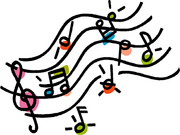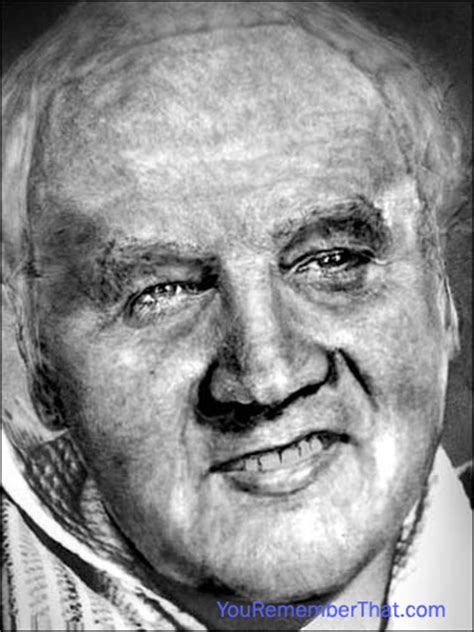In the wake of the coronavirus, retrieving something from my safety deposit box required even more layers of protocol than before. Now I had to make an appointment, call when I arrived to be granted entrance to the bank, show my identification and signature, and then wait to be escorted into the vault by a designated banker. Once inside, the heavy doors locked again until I’d found what I needed inside the metal box. Unless I followed the instructions, I wasn’t able to enter.
In the Old Testament, God had specific protocols for entering part of the tabernacle called the Most Holy Place (Exodus 26:33). Behind a special curtain, one that “separate[d] the Holy Place from the Most Holy Place,” only the high priest could enter once a year (Hebrews 9:7). Aaron, and the high priests who would come after him, were to bring offerings, bathe, and wear sacred garments before entering (Leviticus 16:3–4). God’s instructions weren’t for health or security reasons; they were meant to teach the Israelites about the holiness of God and our need for forgiveness.
At the moment of Jesus’ death, that special curtain was torn (Matthew 27:51), symbolically showing that all people who believe in His sacrifice for their forgiveness of sin can enter God’s presence. The tear in the tabernacle curtain is reason for our unending joy—Jesus has enabled us to draw near to God always!








 ~ Finally Dug The Cars Out; BTW: Elvis As He Would Appear Today ~
~ Finally Dug The Cars Out; BTW: Elvis As He Would Appear Today ~ 













